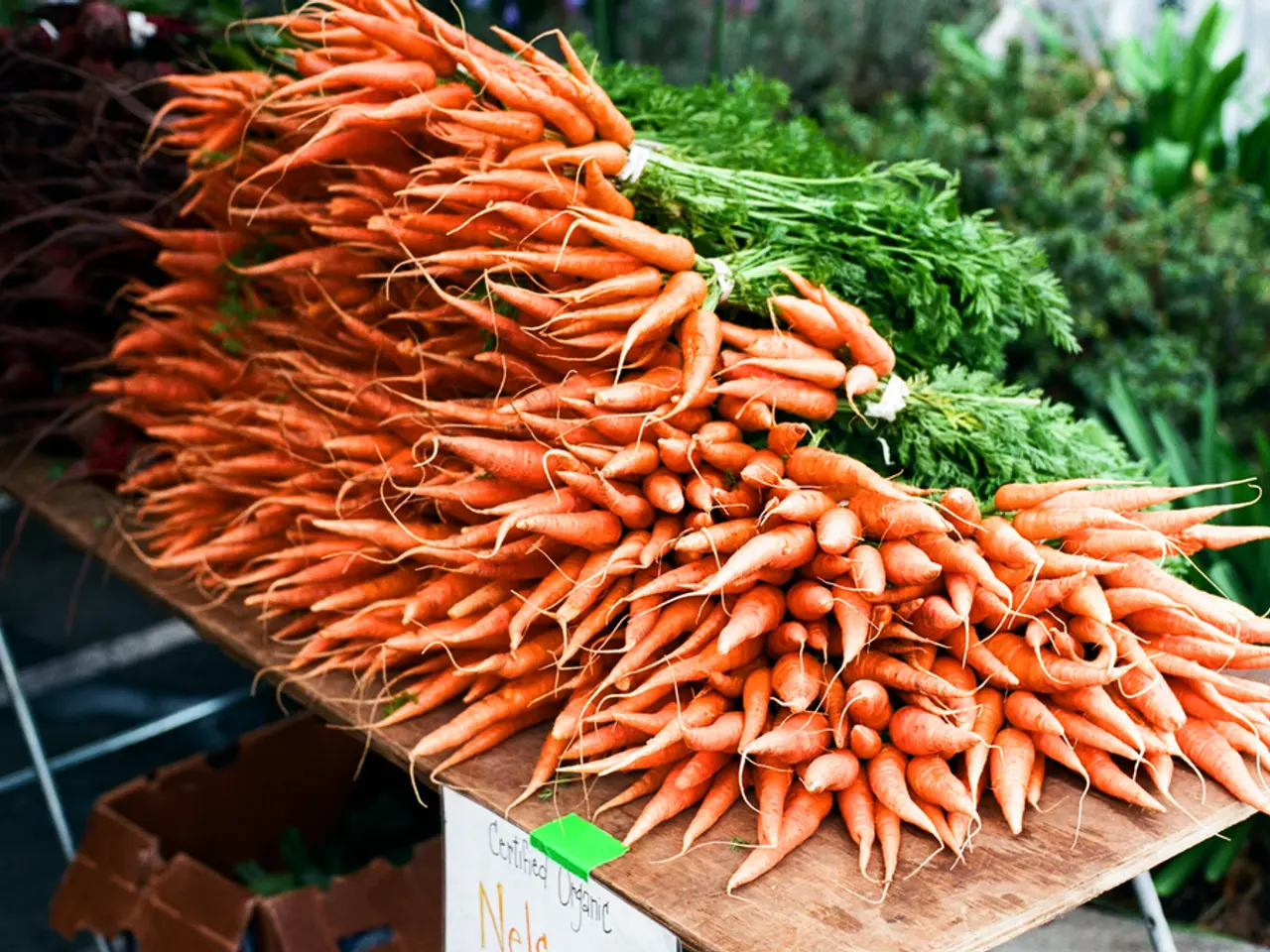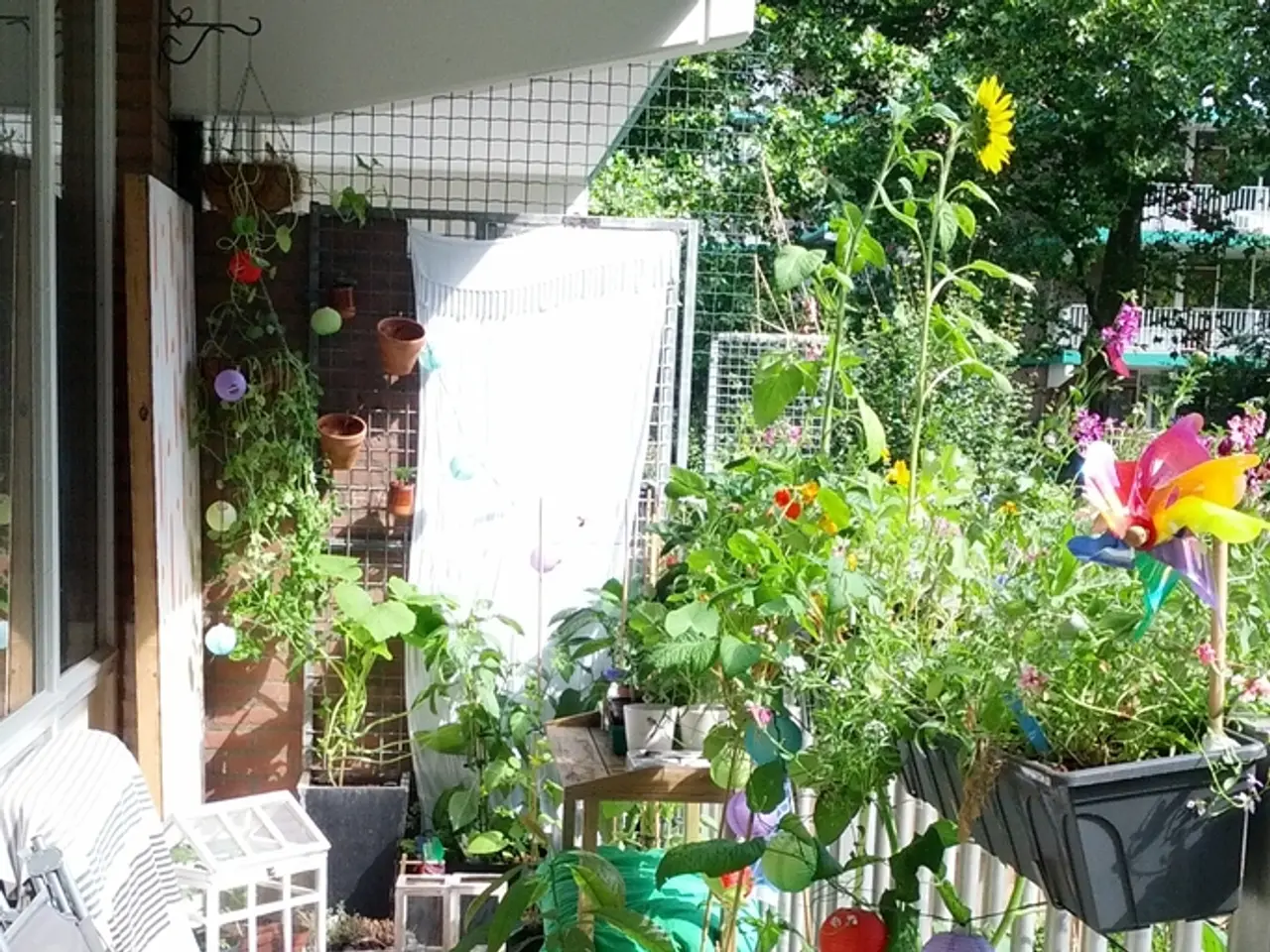Planting Carrots in Washington State: A Guide for Each Season
Growing Carrots in Washington: A Guide for Successful Harvest
Carrot cultivation in Washington State offers a delightful opportunity for gardeners to enjoy home-grown produce. Here's a comprehensive guide to help you grow healthy carrots, tailored to the region's climate and soil conditions.
Soil Requirements
For optimal carrot growth, it's essential to prepare deep, loose, and well-drained soil. Avoid soil with rocks and heavy clay, as this can lead to forked or stunted roots. Raised beds or well-tilled beds are recommended to improve drainage and root growth. If you're container gardening, use high-quality, well-draining potting soil or composted soil, not garden soil.
Planting Times
Carrots are best direct-seeded outdoors from early spring, as soon as the soil can be worked, usually in March or April in Washington. A second planting 10–12 weeks before frost allows for a fall harvest. To ensure successful germination, avoid planting when soil is too warm or dry.
Care Techniques
Keep soil consistently moist but not waterlogged, especially during germination and early growth. Carrot seeds can dry out quickly. Thin seedlings to about 2-3 inches apart after they grow a few inches tall to avoid overcrowding and allow roots to develop fully. Mulching can help maintain soil moisture and reduce weed competition. Avoid over-fertilizing with excessive nitrogen, which encourages leafy tops over root growth. Balanced fertilizer or compost methods are preferred.
Additional Techniques
Using false or stale seedbeds can help reduce weed pressure before planting carrots. This involves pre-irrigating, then killing the first flush of germinated weeds by shallow cultivation or flaming 7-10 days before seeding, which helps carrots compete better when they emerge.
If growing carrots in containers, make sure the pot is deep enough and water regularly since container soil dries faster. Use balanced, water-soluble fertilizers at half strength every few days or apply compost and organic amendments periodically.
Choosing the Right Varieties
Popular carrot varieties in Washington State include Nantes, Imperator, and Danvers. Local garden centers often stock seeds suited to the regional microclimate, and experimenting with different varieties can be rewarding.
Harvesting and Storage
Carrots are mature when they reach a vibrant orange colour and firm texture, with a diameter of 1/2 to 1 inch signifying optimal size. To store carrots, remove the green tops and store at temperatures around 32°F in perforated plastic bags in a refrigerator's veggie drawer.
Tips for Success
The key to success with carrots in Washington is providing loose, well-drained soil, planting at the proper cool-season times, consistent moisture, and good weed control. Raised beds or loose sandy loam soil work best, with careful attention to watering and thinning as they grow.
Remember, germination takes approximately 5-10 days and prefers soil temperatures between 50-85°F. Carrots require full sun and soil that maintains moisture yet drains well.
This guide is based on the author's 15 years of hands-on experience in garden maintenance, design, and landscaping services. Happy gardening!
To cultivate a lifestyle that embodies the joys of home-grown produce, consider delving into home-and-garden activities such as gardening, specifically carrot cultivation. Following the steps outlined in this guide, tailored to Washington State's climate and soil conditions, can lead to a thriving home-garden that includes healthy, home-grown carrots.




